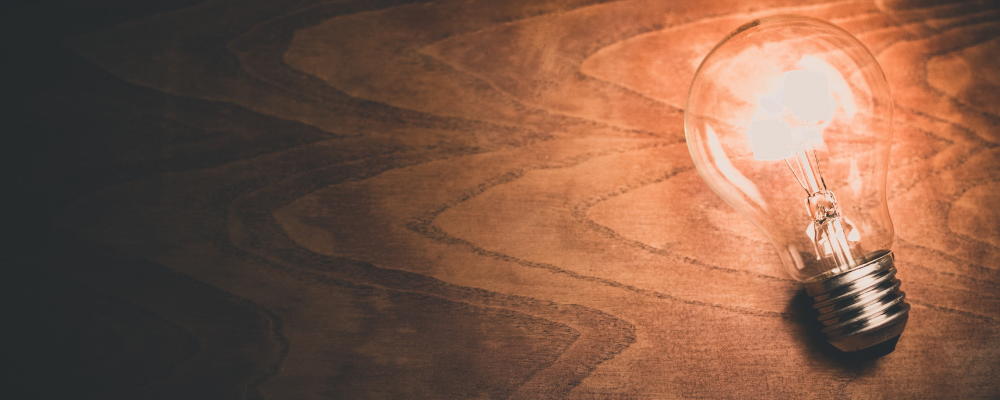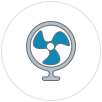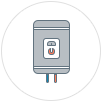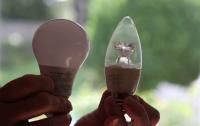-
 slider-left-container
slider-left-container -
 slider-left-container
slider-left-container -
 slider-left-container
slider-left-container -
 slider-left-container
slider-left-container -
 slider-right-container
slider-right-container
Reduce Your Impact
Are you about to buy a new appliance? Remodel your house? Upgrade your heating or cooling system? If you’re like most of us, you don’t do these things very often. When you do, you want to make good choices, both for your pocketbook and for the environment.
 Home Energy Checklist
Home Energy Checklist
This checklist provides a way to prioritize some important energy efficiency improvements. Find out what improvements can help you start saving energy today.
 Get an Energy Audit
Get an Energy Audit
Before making major efficiency improvements to your house, find out from a pro where and why energy is being wasted and what you should do about it.
The decision to make certain energy improvements can be obvious —for example, if you have a broken appliance and need to replace it. But there may be other important priorities for your house that you are unaware of.
Videos

Home Energy Breakdown
- Heating - 26% Energy used by your heating system.
- Cooling - 17% Energy used by your cooling system.
- Water Heating - 13% Energy used by your water heater for bathing, cleaning, etc.
- Lighting - 10% Energy used for lighting your home.
- Appliances - 14% Energy used for food storage, clothes washing and drying, cooking, etc.
- Electronics - 7% Energy used for home entertainment systems, computers, etc.
- Other - 13% Energy used for pool pumps, motors, and other miscellaneous devices.
Appliances + Energy
If you're about to buy a new appliance, you'll be most interested in the tips on what to look for when buying new equipment. Otherwise, look for guidance on how to get the best energy performance through operation and maintenance of the appliances you already own.
 Cooking
Cooking
The key to efficient cooking is understanding your cooking habits. If you are purchasing new cooking appliances, it is worth using efficiency as a guide because they tend to have long lives.
 Dishwashing
Dishwashing
More than half of the energy used by a dishwasher goes towards heating the water. Thanks to national efficiency standards, the energy and water consumed by new dishwashers has dropped dramatically, while making great strides in cleaning performance.
 Food Storage
Food Storage
If your current refrigerator or freezer is more than 15 years old, it may be so inefficient that a new one would pay for itself in energy savings in just a few years. If your present unit is working fine and a new purchase doesn't fit your budget, follow our tips to boost energy efficiency.
 Home Electronics
Home Electronics
An estimated 10% to 15% of all electricity used in American homes can be attributed to the buzz of electronic devices, not because they use a lot of energy, but because of their sheer numbers.
 Lighting
Lighting
Lighting costs the typical household between $75 and $200 per year in electricity. Making the switch to energy-efficient lighting is one of the quickest, easiest, and least expensive ways to cut your home’s energy use.
 Laundry
Laundry
Most of the energy used to wash clothes is for heating the water. New resource-efficient washers provide excellent wash performance while cutting energy and water use by half or more.
Home Systems + Energy
Keep in mind that, although heating and cooling consume by far the most energy, your best opportunities for reducing these pieces of the pie may come not from replacing equipment but from improving the efficiency of the building itself.
 Air Quality
Air Quality
This section explains how air naturally moves through a typical house, what the main pollutants are, and how best to control them. Proper ventilation and air distribution play an important role in providing a safe, comfortable, and durable home as efficiently as possible.
 Cooling Systems
Cooling Systems
More than three-quarters of all U.S. households have air conditioners. As AC becomes the norm in all regions of the country, it is important to realize that often the easiest and most affordable way to stay comfortable during the summer is to reduce your need for air conditioning.
 Heating Systems
Heating Systems
Heating is the largest energy expense in most homes, accounting for 35% to 50% of annual energy bills. Reducing your heating energy use is the single most effective way to save money and reduce your home’s contribution to global environmental problems.
 Insulation
Insulation
Insulation is your primary defense against heat loss through the house envelope. However, putting insulation into a house after it is built can be pretty difficult. If there isn't any insulation, the best option is to have an insulation contractor blow cellulose or fiberglass into the walls.
 Water Heating
Water Heating
After heating or cooling, water heating is typically the largest energy user in the home. This section looks at the high-efficiency water heaters available and how you can reduce water heating costs with your present water heater.
 Windows & Doors
Windows & Doors
If your existing windows are damaged or broken, you may be better off replacing them. If your windows are generally in good shape, it will probably be more cost-effective to boost their efficiency with inexpensive fixes from your local building supply or hardware store.



